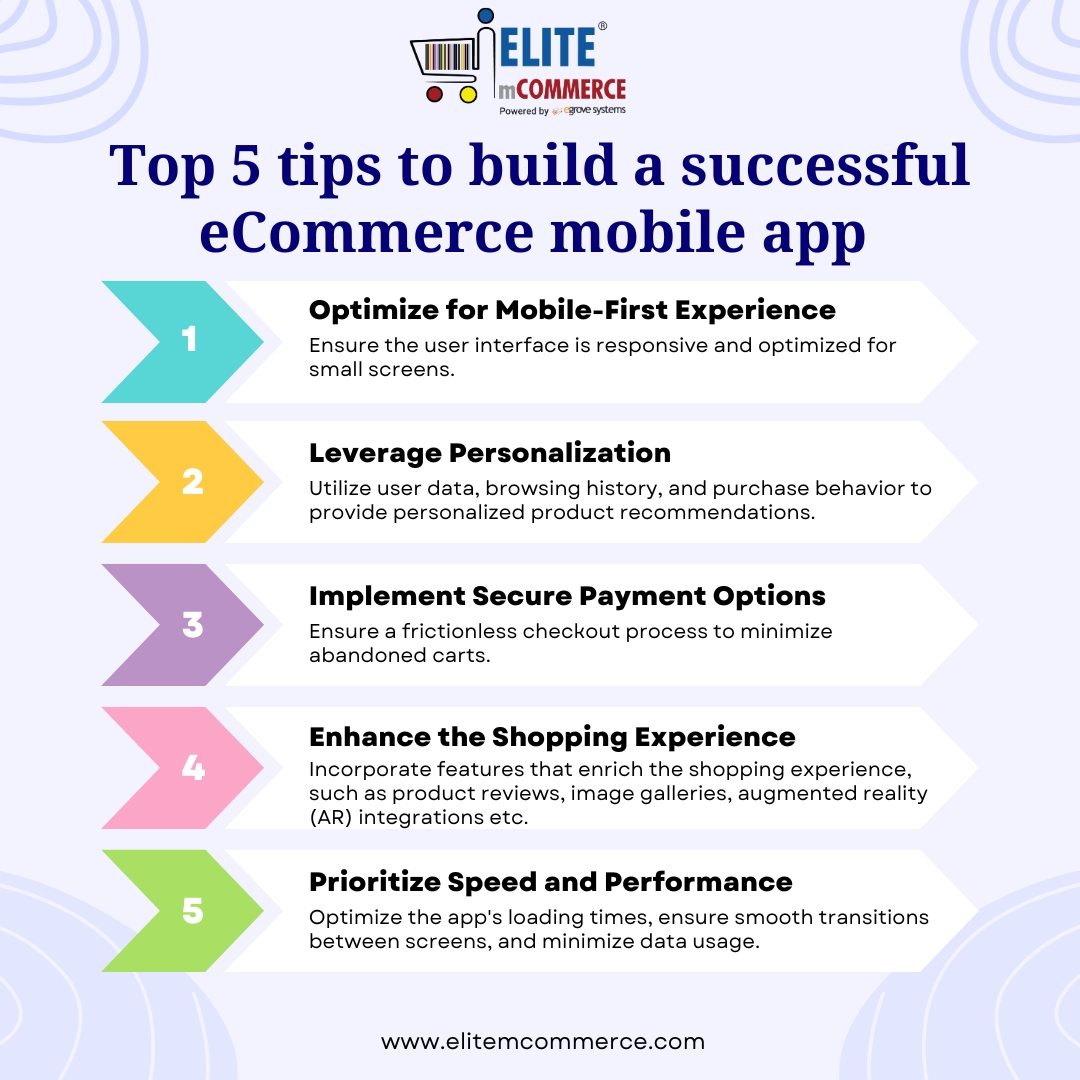Effective media relations are pivotal in amplifying brand campaigns and ensuring they reach the desired audience with maximum impact. To measure the success of these efforts, setting Key Performance Indicators (KPIs) is essential. These KPIs provide a clear framework for evaluating the effectiveness of media relations strategies and making data-driven adjustments. Here are ten tips for setting media relations KPIs that will support and enhance your brand campaigns.
Table of Contents
Toggle1. Align KPIs with Campaign Objectives
The first step in setting media relations KPIs is to ensure they align with the overall objectives of your brand campaign. Whether your goal is to increase brand awareness, drive website traffic, or enhance customer engagement, your KPIs should reflect these aims. For example, if increasing brand awareness is the objective, KPIs could include the number of media mentions or the reach of the coverage.
Impact Authority PR agency emphasizes the importance of this alignment. By ensuring that KPIs are directly tied to campaign goals, they create a clear roadmap for success and a way to measure progress accurately.
2. Define Specific and Measurable Metrics
KPIs need to be specific and measurable to be effective. Vague or broad metrics can lead to confusion and make it difficult to assess performance accurately. Instead, focus on concrete, quantifiable measures such as the number of press releases published, the volume of media coverage, or the number of high-authority backlinks obtained.
Impact Authority PR uses precise metrics to track the performance of their media relations efforts. This approach allows for a clear understanding of what’s working and what needs adjustment, ensuring continuous improvement.
3. Set Realistic and Achievable Targets
While it’s important to be ambitious, setting unrealistic KPIs can be counterproductive. Ensure that your targets are attainable within the given timeframe and resources. Consider your past performance, industry benchmarks, and the scope of your campaign when setting these targets.
Impact Authority PR agency advises their clients to set realistic goals that challenge the team but are still achievable. This balance helps maintain motivation and ensures consistent progress without causing burnout.
4. Include Both Quantitative and Qualitative KPIs
While quantitative KPIs such as the number of media mentions or website traffic are crucial, qualitative KPIs also play an essential role. Qualitative metrics include the sentiment of the coverage, the prominence of the mentions, and the relevance of the media outlets to your target audience.
Impact Authority PR believes in a holistic approach to media relations measurement, incorporating both quantitative and qualitative KPIs. This comprehensive perspective provides a deeper understanding of the impact and effectiveness of media relations efforts.
5. Monitor Media Reach and Impressions
Media reach and impressions are fundamental KPIs for assessing the extent of your coverage. Reach refers to the potential audience size that could see your media coverage, while impressions indicate the total number of times your content is displayed.
Impact Authority PR tracks these metrics to understand the breadth of their media relations efforts. High reach and impressions suggest that the campaign is effectively reaching a wide audience, which is crucial for brand visibility and awareness.
6. Measure Share of Voice
Share of Voice (SOV) is a valuable KPI that measures your brand’s presence in the media compared to your competitors. It indicates how much of the media landscape your brand occupies and helps you understand your competitive positioning.
Impact Authority PR uses SOV to assess their clients’ market dominance and media presence. By tracking SOV, they can identify areas for improvement and opportunities to outperform competitors.
7. Track Engagement Metrics
Engagement metrics such as social media shares, comments, and likes on media coverage provide insights into how the audience is interacting with your content. High engagement levels indicate that your media relations efforts are resonating with the audience and driving interaction.
Impact Authority PR monitors these metrics to gauge the effectiveness of their campaigns in generating interest and engagement. This data helps them refine their strategies to enhance audience interaction and involvement.
8. Evaluate Media Outlet Quality
Not all media coverage is created equal. The quality of the media outlets that cover your brand is just as important as the quantity. High-quality outlets with significant authority and relevance to your industry can amplify your message more effectively.
Impact Authority PR agency prioritizes securing coverage in reputable and influential media outlets. By tracking the quality of these outlets, they ensure that their clients’ messages are delivered through the most impactful channels.
9. Assess Sentiment and Tone
The sentiment and tone of media coverage are critical qualitative KPIs. Positive coverage enhances brand reputation, while negative coverage can have detrimental effects. Analyzing the sentiment and tone helps understand public perception and areas that need addressing.
Impact Authority PR employs sentiment analysis tools to evaluate the tone of the media coverage. This analysis helps them manage and shape the narrative around their clients’ brands effectively.
10. Review and Adjust KPIs Regularly
Media relations KPIs should not be static. Regularly reviewing and adjusting your KPIs based on performance data and changing campaign goals is essential for ongoing success. Flexibility ensures that your KPIs remain relevant and aligned with your evolving objectives.
Impact Authority PR agency advocates for continuous monitoring and adjustment of KPIs. By staying adaptable and responsive to new information and trends, they maintain the effectiveness of their media relations strategies.
Conclusion
Setting the right KPIs is crucial for measuring the success of media relations and supporting brand campaigns. By aligning KPIs with campaign objectives, defining specific and measurable metrics, setting realistic targets, and incorporating both quantitative and qualitative measures, you can create a robust framework for evaluation.
Impact Authority PR agency excels in this domain by implementing these best practices to ensure their clients achieve their media relations goals. By focusing on meaningful KPIs such as media reach, share of voice, engagement metrics, media outlet quality, sentiment, and regular review, they drive impactful and successful brand campaigns.
By following these ten tips, brands can effectively measure their media relations efforts, gain valuable insights, and continuously improve their strategies to achieve greater visibility, credibility, and ultimately, market stardom.
click here to visit website




